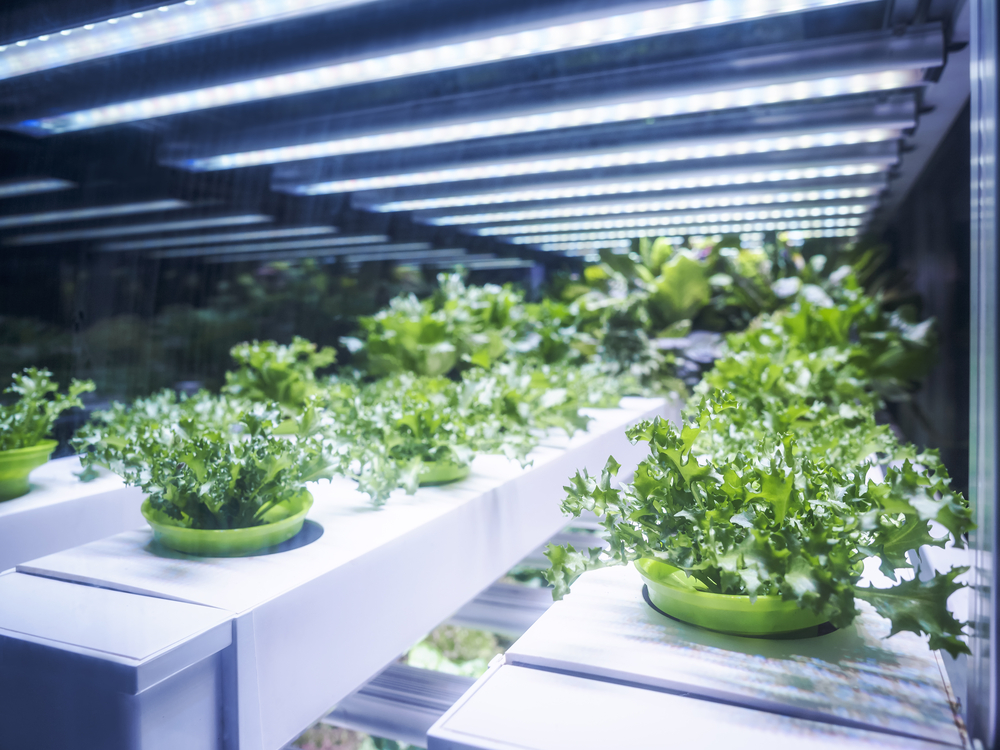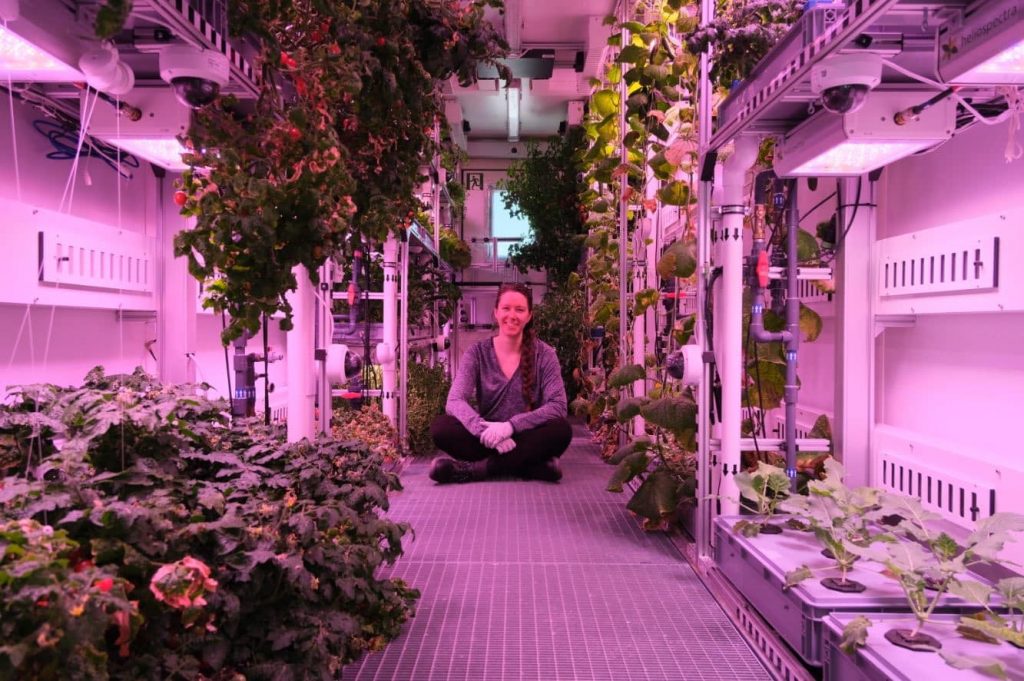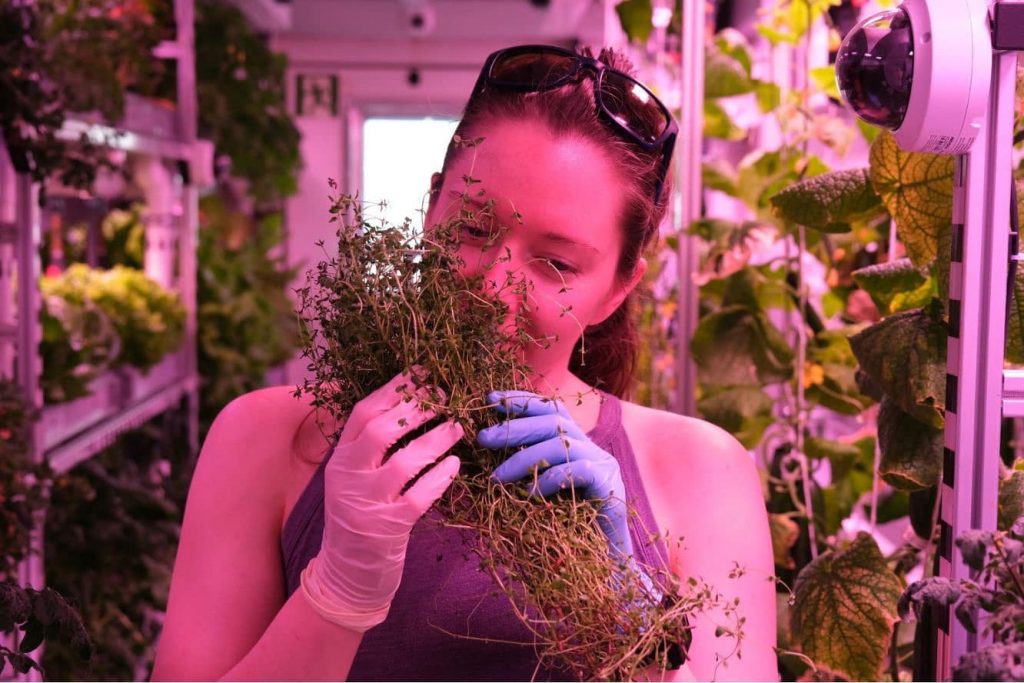It is natural for people to get vegetables from their local market, these products are fresher compared to the ones in the frozen section of the supermarket. However, what if a massive catastrophic event happens that may ruin all the crops in the world and it might be impossible for people to plant anything?
Well, that is one of the major reasons why the EDEN-ISS tried to actually produce real food, such as vegetables on an indoor farm.

Indoor Greenhouse in Antarctica
Technically, nobody could actually move to Antarctica and live there aside from animals that are meant to survive the cold climate, only scientists go and stay there for like a year to do their research and some other tourists. It is not like any continent that has cities and other industrial buildings, which makes it impossible for a human being to stay there for the rest of their lives.
However, this doesn’t necessarily mean that it is impossible to produce food in Antarctica, in fact, they have managed to plant a few crops without the help of the earth, daylight or any kind of pesticide. This is actually a part of the project that scientists have been working on to be able to help astronauts have their own fresh procedure while they are out of the world.
This was all made possible by the EDEN ISS project, an indoor greenhouse wherein scientists could grow crops in a low-temperature place. It may sound impossible, but did manage to find a way to do it since it is apparently something that could also be done on Mars and the moon.
Harvesting the crops wouldn’t even matter what season it is or whether they’re having bad weather or not. The water consumption in this type of greenhouse is reduced and pesticides aren’t exactly needed. In 2017, the EDEN ISS officially opened and was presented to the public by the German Aerospace Center.

According to their executive board member Hansjorg Dittus, they are actually trying more and more crops to be produced both for people on Earth on those who are in the outer space. This is considered to be something that only advanced technology could do. The Antarctic is one of the best places to do it since it is not exactly inhabited by humans unless they’re researchers or scientists.
Scientist Paul Zabel was sent to the EDEN ISS Greenhouse in December of 2017 and must stay there for an entire year together with the Neumayer III Antarctic station crew, which are the researchers that are already there.
According to their project coordinator, the team had to test and grow some vegetables such as peppers, lettuce, cucumbers, and some herbs. They will be provided with some artificial lights that have the perfect temperature even without the crops being in a soul. The crops were also said to grow way faster than they expected and faster than being planted in the natural environment.
Aside from harvesting and planting these vegetables, the team will also be the ones to eat them. Before Zabel had to leave, he said that this can be considered as some sort of an adventurous journey and the fact that they are in an unfamiliar place that is entirely different with no immediate way of returning, seems like a really great out of this world experience.

Antartica’s First Harvest
A couple of months later, they have managed to harvest about 8 pounds of salad greens as well as 18 cucumbers and around 70 radishes. These vegetables were all grown in the indoor greenhouse that has a temperature of -20 degrees Celsius thanks to the power of the advanced technology.
According to the German Aerospace Center, scientists could theoretically harvest almost 5 miles of fruits and vegetables every single week which is a very good sign. This is not the very first time that an indoor greenhouse has managed to produce crops since NASA has also done it on their International Space Station.
This research and experiment are no just so people could start planting crops on the Moon and Mars, it is also a way for people to be able to adapt to change especially with the rising population as well as climate change. This innovative way could actually be a solution to the growing problems of people in the 21st century.





